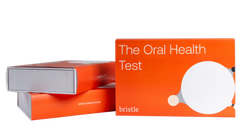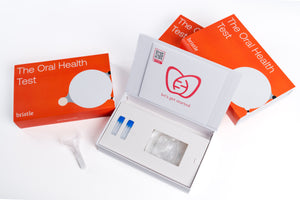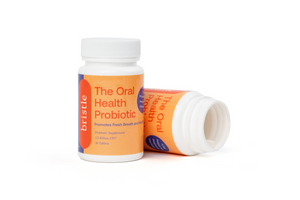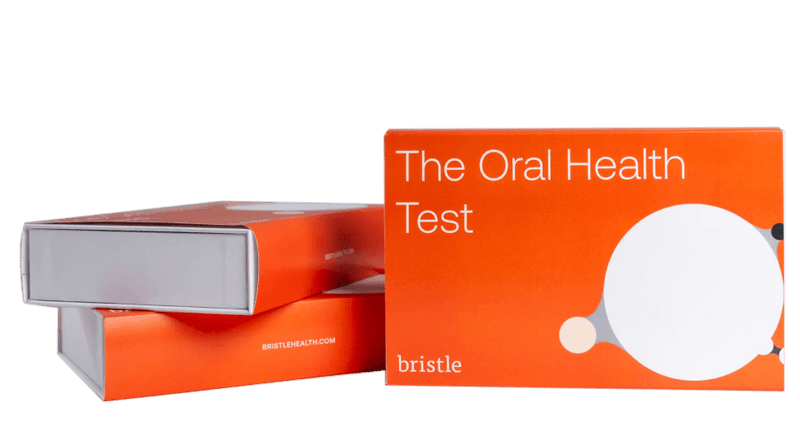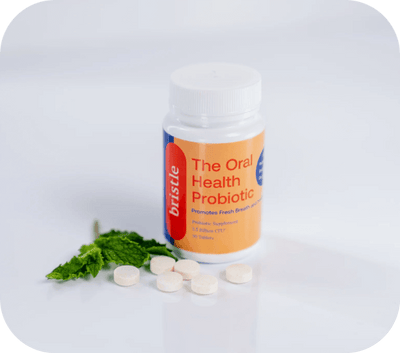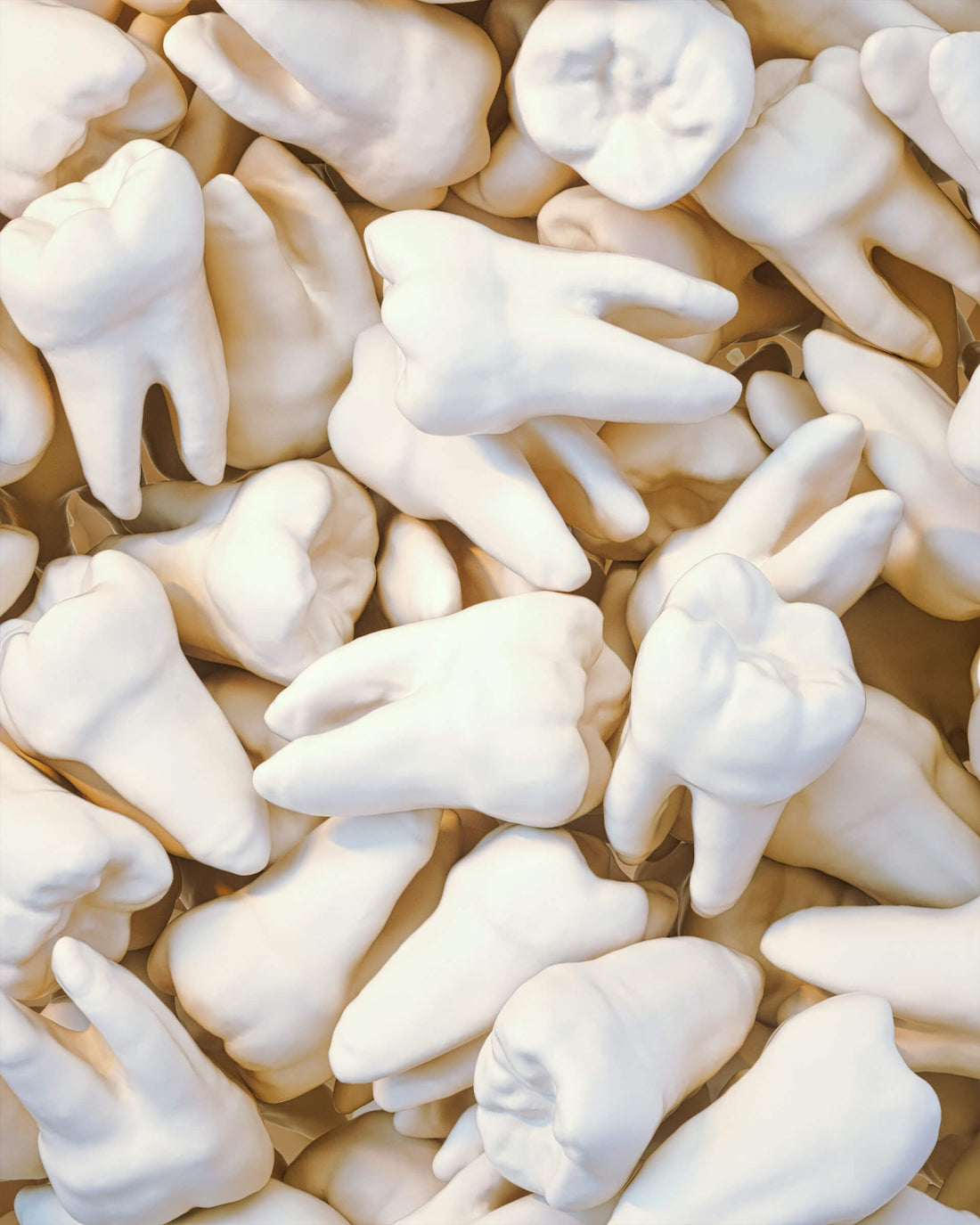Although often overlooked, oral health is an essential aspect of our overall well-being which also plays a crucial role in our self-confidence. Despite its importance, some people seem to be a bit reluctant to get dental work done due to the notion of pain and discomfort associated with it. However, the field of dentistry is continually evolving with novel non-invasive, and relatively painless approaches such as ozone therapy gaining traction.
Ozone therapy is a natural treatment that is increasingly being used by dentists to fight infections, accelerate wound healing, and improve general oral health. In this blog post, we will explore the science behind ozone therapy, its applications, and the benefits of ozone therapy.
What is dental ozone therapy?
Dental ozone therapy involves the controlled use of ozone (O3) to treat various dental conditions [1]. Ozone can be administered in different media including ozone gas, ozonated water, and ozonated oils [2].
Although it has gained increased attention in recent years, using ozone for dental purposes is not a new practice. The earliest scientific literature suggests that it has been in use since the 1920s as a method of disinfection during dental procedures [3].
The science behind ozone therapy in dentistry
Ozone is a naturally occurring molecule composed of three oxygen atoms which has a high oxidation potential owing to its extremely unstable nature [4]. These chemical properties make ozone an effective antimicrobial and anti-inflammatory agent which in turn make it an excellent treatment for dental diseases that involve oral microbiota dysbiosis.
In this section, we will discuss the properties of ozone that make it useful in dental procedures.
Antimicrobial properties
Ozone successfully eradicates several microbial groups including bacteria, fungi, and viruses [1]. It inactivates bacterial cells along with their spores without inducing antibiotic resistance [5]. A concentration as low as 0.1 ppm has been shown to be enough to inhibit bacterial growth as well as their spores [1]. This makes ozone an effective antimicrobial treatment against many oral pathogens that are involved in oral diseases such as tooth cavities, gum diseases, and oral candidiasis [6].
Due to its powerful antimicrobial properties, ozone can also be used as a disinfectant in root canal treatment [7], as an antiseptic to clean removable dentures, and as a prophylactic antimicrobial agent prior to tooth filling [1].
Improvements to periodontal disease
One study showed that ozone therapy may be an effective adjunctive treatment for periodontal disease [13]. Ozone therapy after deep cleaning resulted in improved clinical outcomes for patients with periodontal disease.
However, a separate study showed that clinical parameters of periodontal disease were unaffected by additional ozone therapy [19]. The study acknowledged that research into ozone and how it affects the microbes that cause gum disease is still underway.
Tooth remineralization abilities
Ozone has been suggested to promote tooth remineralization, thereby improving the micro-hardness of the tooth enamel [8]. Studies suggest that exposing teeth to ozone for 40-50 seconds may aid with remineralization, though these findings were conducted in vitro (outside of a living mouth in the lab) [8]. It’s proposed that ozone works by diffusing minerals like calcium and phosphorus to the inner layers of the tooth [5].
On a related note, ozone, being a strong oxidant, can oxidize the pyruvic acid produced by the bacteria in tooth caries, thereby preventing further tooth demineralization [8].
Bleaching action
Oxidation by ozone makes it useful as a bleaching agent for teeth. Studies show that ozone is effective in whitening teeth when used in combination with other agents such as hydrogen peroxide and carbamide peroxide [9]. Some studies pointed out that although the bleaching effect of ozone is not superior to that of hydrogen peroxide, ozone does not induce tooth sensitivity like most other bleaching agents do [10].
Analgesic (Pain relieving) properties
Ozone therapy has been explored as a potential method for dental pain management, especially in cases where traditional approaches may not be suitable or when patients prefer non-invasive or holistic options.
Studies have proven that topical ozone gel can be used to effectively control pain after tooth extraction surgery [11]. Ozone gel also reduced the swelling and improved the range of motion of the jaw bone after surgery [11].
In addition to the management of post-surgical pain, ozone has been suggested as a treatment for hypersensitive teeth. However, recent studies show conflicting results and more research is ongoing to determine its impact on hypersensitivity [12].
Application of ozone therapy in dentistry
The effectiveness of ozone therapy in dentistry is supported by a growing body of clinical evidence, across several dental applications which we will be listing in this section.
- Treatment of dental caries
Ozone, being a strong antimicrobial agent, kills cariogenic microorganisms such as oral Streptococci [15]. Ozone treatment has been shown to be highly effective in cleaning deep pits and fissures that encourage the accumulation of food debris, thus leading to dental caries [1].
It has also been noted that ozone prevents tooth demineralization by neutralizing the acids produced by cariogenic bacteria [8].
- Treatment of gingivitis and periodontitis
The antimicrobial properties of ozone along with its immune-boosting abilities make it an effective treatment against infectious gum diseases such as gingivitis and periodontitis [14].
In the event of surgical removal of loose or infected teeth due to these gum diseases, ozonated water can be used to irrigate the area to reduce the risk of infection [2]. Moreover, ozonated oil can be applied to the surgical stitches to prevent microbial infections [2].
- To prevent and remove dental plaque
The antimicrobial activity of ozone also prevents microbes from creating biofilm and dental plaque [15][16]. It may be a useful tool in limiting and removing dental plaque.
- Management of halitosis
Halitosis is caused by oral microbiome dysbiosis, and some of the most common microbes that cause halitosis are anaerobic, especially those that occupy gum pockets and grooves of the tongue. Ozone can kill some of the anaerobic oral microbes that are responsible for bad breath thus reducing halitosis [2].
- Treatment of hypersensitive tooth
The studies on using ozone therapy for reducing tooth hypersensitivity are inconsistent. Often tooth hypersensitivity occurs after the roots are exposed due to the wearing out of the tooth enamel [17]. Ozone therapy may reduce this damage by depositing minerals on the tooth surface [5].
- Post-surgical wound healing and pain management
Ozone therapy may lower pain and speed up wound healing after tooth removal surgeries [2].
- As a disinfectant in prosthodontics
Dental prosthetic-related infections such as denture stomatitis commonly occur due to the growth of microorganisms on these structures [18]. Ozone has been found to successfully remove microbial plaques on dentures without affecting the physical properties of the dentures [1].
Benefits of Ozone Therapy in Dentistry
On top of this wide range of applications in dentistry, ozone therapy has some indisputable benefits that make it an attractive treatment option over conventional dental practices. Here we list some of the advantages of dental ozone therapy:
- It’s a minimally invasive procedure.
Ozone therapy may reduce the need for invasive dental procedures, making it a suitable option for many people including pediatric patients. It’s also relatively quick and painless, and may help treat and prevent oral diseases such as those described above.
- It improves healing and speeds up recovery.
Some studies suggest that ozone therapy may accelerate the healing process, reducing recovery time for many dental treatments.
- It eliminates or reduces the need for antibiotics.
Given its antimicrobial properties, ozone therapy may reduce the need for antibiotics in some dental treatments, potentially helping combat antibiotic resistance.
- It can be used to treat a range of dental-related issues.
Ozone therapy can be applied in various dental procedures, from cavity treatment to root canal therapy and periodontal disease management.
Potential risks of ozone therapy
Although ozone is safe when used as intended, it can cause ozone toxicity if inhaled [3]. Additionally, ozone at high concentrations may be damaging to your oral tissues, and should only be used after consultation with a dental professional.
Practical Considerations and Precautions
While ozone therapy holds great promise, there are some practical considerations and precautions you should keep in mind:
- It is recommended to consult a qualified dental professional who is trained in the safe and effective use of ozone therapy.
- The suitability of ozone therapy for each patient should be determined on an individual basis, considering their unique dental needs and conditions. The technical specifications such as ozone concentration, mode of application, and duration of exposure would be different for each individual case.
- Research into the effects of ozone on the oral microbiome is still in its early stages, and effects on the microbiome are still not entirely clear.
Wrapping up
Ozone therapy is a promising and science-based approach that has been in practice since the 1920s. It’s non-invasive, pain-free, and versatile which makes it a valuable treatment option for a range of dental problems. If you are considering dental ozone therapy, make sure you choose a dental specialist who has considerable experience and expertise.
References:
[1] “Dental applications of ozone therapy: A review of literature - ScienceDirect.” https://www.sciencedirect.com/science/article/pii/S2352003516300260
[2] “Clinical utility of ozone therapy in dental and oral medicine - PMC.” https://www.ncbi.nlm.nih.gov/pmc/articles/PMC6779001/
[3] “Ozone therapy in dentistry: A literature review : Journal of Interdisciplinary Dentistry.” https://journals.lww.com/joid/fulltext/2011/01020/ozone_therapy_in_dentistry__a_literature_review.3.aspx
[4] “Ozone therapy in dentistry: A strategic review - PMC.” https://www.ncbi.nlm.nih.gov/pmc/articles/PMC3276005/
[5] “Ozone therapy a new vista in dentistry: integrated review - PMC.” https://www.ncbi.nlm.nih.gov/pmc/articles/PMC8092153/
[6] “Dentistry Journal | Free Full-Text | Ozone Therapy in Medicine and Dentistry: A Review of the Literature.” https://www.mdpi.com/2304-6767/11/8/187
[7] “The effect of ozone therapy in root canal disinfection: a systematic review - PubMed.” https://pubmed.ncbi.nlm.nih.gov/31587303/
[8] “Ozone and microstructural morphological changes of tooth enamel - PMC.” https://www.ncbi.nlm.nih.gov/pmc/articles/PMC9926147/
[9] “Color change after tooth bleaching with ozone and 10% ozonized carbamide peroxide for in-office use - PMC.” https://www.ncbi.nlm.nih.gov/pmc/articles/PMC8690856/
[10] “A meta-analysis of ozone effect on tooth bleaching | Scientific Reports.” https://www.nature.com/articles/s41598-021-92733-8
[11] “Does Topical Ozone Therapy Improve Patient Comfort After Surgical Removal of Impacted Mandibular Third Molar? A Randomized Controlled Trial - ScienceDirect.” https://www.sciencedirect.com/science/article/abs/pii/S0278239116308217
[12] “Ozone Treatment on Dentin Hypersensitivity Surfaces – A Pilot Study - PMC.” https://www.ncbi.nlm.nih.gov/pmc/articles/PMC5345329/
[13] “Ozone in Patients with Periodontitis: A Clinical and Microbiological Study - PMC.” https://www.ncbi.nlm.nih.gov/pmc/articles/PMC9147732/
[14] “Application of ozone in the treatment of periodontal disease - PMC.” https://www.ncbi.nlm.nih.gov/pmc/articles/PMC3722714/
[15] “Effect of ozone treatment on different cariogenic microorganisms in vitro - PubMed.” https://pubmed.ncbi.nlm.nih.gov/18973084/
[16] “Ozone Therapy in the Prevention of Dental Plaque Formation in Dogs - Paula Abreu-Villela, Mario Ferraro, Renata R. Rodrigues, Daniel G. Ferro, Denise T. Fantoni, Ivan Hong Jun Koh, Marco Antonio Gioso, 2021.” https://journals.sagepub.com/doi/full/10.1177/08987564211013920
[17] “Sensitive teeth: What treatments are available? - Mayo Clinic.” https://www.mayoclinic.org/healthy-lifestyle/adult-health/expert-answers/sensitive-teeth/faq-20057854
[18] “Management of Chronic Atrophic Candidiasis (Denture Stomatitis)—A Narrative Review - PMC.” https://www.ncbi.nlm.nih.gov/pmc/articles/PMC9967389/
[19] “Ozone application as adjunctive therapy in chronic periodontitis: Clinical, microbiological and biochemical aspects”. https://pubmed.ncbi.nlm.nih.gov/30988877/
